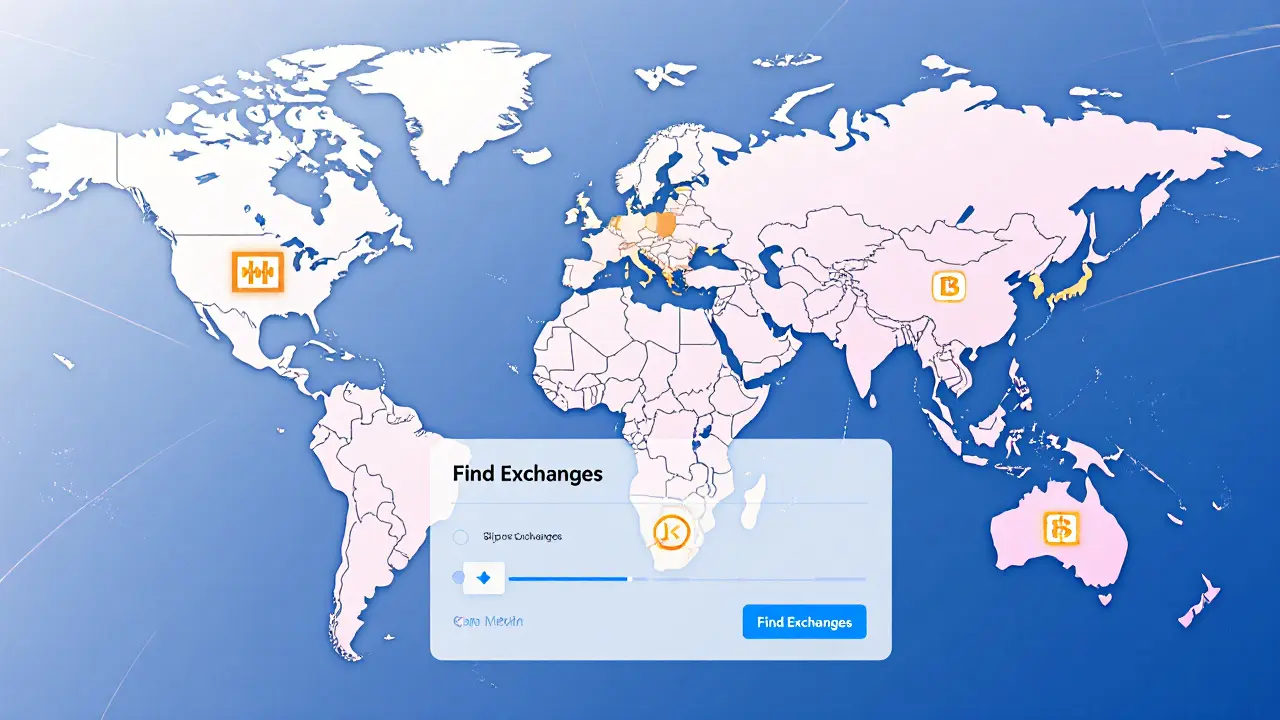Cryptocurrency Exchange Availability
Cryptocurrency exchange availability determines whether you can trade on a given platform in your country. When checking cryptocurrency exchange availability, the range of crypto platforms you can legally access. This range is shaped by crypto licensing, government permits that let an exchange operate, regulatory sandbox programs, test environments that ease entry for new services and, in some regions, by exchange bans, official blocks that restrict or shut down platforms. In short, availability requires proper licensing, is influenced by sandbox policies, and is limited by bans.
Why Licensing Matters
Every exchange that wants to operate publicly must obtain a crypto license. The key attributes of a license include a registration number, minimum capital, AML/KYC procedures, and ongoing reporting. For example, the U.S. BitLicense forces firms to keep detailed transaction logs and submit regular audits. Without meeting these criteria, an exchange cannot advertise or accept users from that jurisdiction, directly shrinking availability. Traders who ignore licensing often end up on unregistered platforms that lack consumer protection, increasing risk of loss.
Regulatory sandboxes act as a middle ground between full licensing and outright bans. They let startups test innovative products under a lighter regulatory load while still providing basic consumer safeguards. Countries like the UK, Singapore, and Thailand run sandbox programs that grant temporary operating permission. When a sandbox‑approved exchange launches, its availability spikes in that market, even if broader licensing is still pending. This demonstrates the triple relationship: sandbox participation → accelerated licensing → greater exchange availability.
On the flip side, exchange bans cut availability sharply. Nations such as Iran and Namibia have imposed strict bans, often due to sanctions or concerns over financial stability. A ban means any platform listed on the prohibited exchange’s website becomes inaccessible, and local banks may block related transactions. Consequently, traders must seek alternatives that are both licensed and not subject to bans, which narrows the pool of viable services.
All these factors—licensing, sandboxes, and bans—create a dynamic landscape that changes daily. Below you’ll find in‑depth articles covering licensing guides, sandbox enrollment steps, regional ban lists, and honest exchange reviews. By understanding the mechanics of availability, you’ll be better equipped to pick a safe, compliant platform and avoid costly mistakes.

Global Crypto Exchange Availability by Region - 2025 Overview
Nov 24, 2024, Posted by Ronan Caverly
Explore how regional regulations, market demand, and tech affect crypto exchange availability worldwide in 2025, with a focus on top platforms and future trends.
MORESEARCH HERE
Categories
TAGS
- decentralized exchange
- crypto exchange review
- cryptocurrency
- crypto coin
- CoinMarketCap airdrop
- smart contracts
- tokenomics
- cryptocurrency exchange safety
- crypto exchange
- cryptocurrency airdrop
- crypto airdrop
- cryptocurrency exchange
- crypto airdrop guide
- blockchain token distribution
- DeFi
- crypto exchange scam
- crypto airdrop 2025
- Ethereum
- cross-chain interoperability
- ERC-20
